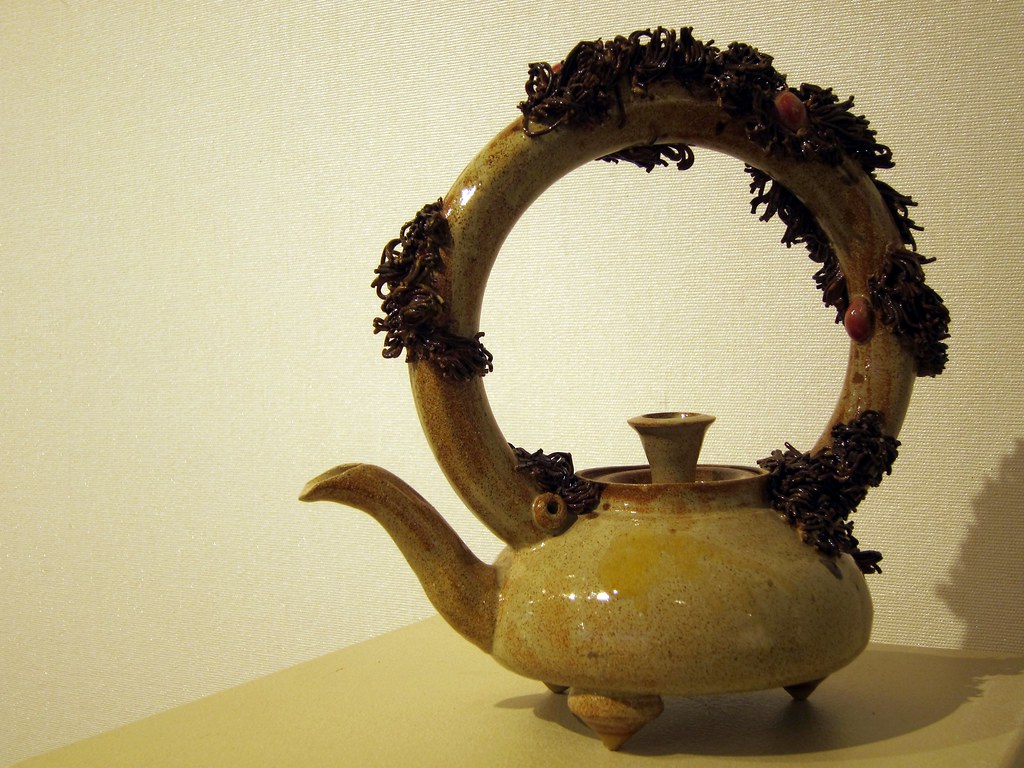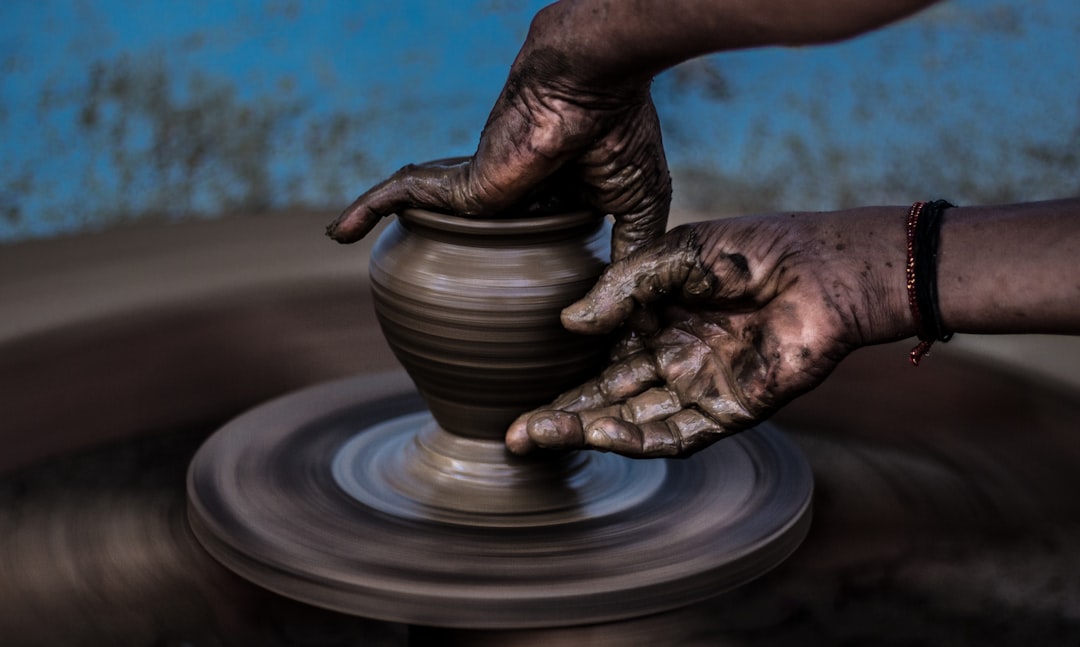Pottery, a timeless art form that has captivated civilizations for centuries, holds within its clay vessels a story of human creativity and ingenuity. Have you ever wondered how a lump of clay transforms into a masterpiece? Delve into the world of pottery, where skilled hands mold earth into functional art, blending tradition with innovation to create beauty that endures through the ages.

| Topic | Description |
|---|---|
| Ceramics | The Foundation of Pottery |
| Clay | The Versatile Medium of Pottery |
| Glazing | Adding Color and Texture to Pottery |
| Firing | The Crucial Process of Transforming Clay into Pottery |
| Handbuilding | Creating Pottery by Hand |

Ceramics, the art of creating objects from clay and other materials through the process of firing, is the foundation of pottery. Dating back thousands of years, ceramics have played a vital role in human history, from functional vessels to intricate works of art. The techniques and skills developed in ceramics form the basis for creating beautiful pottery pieces that are both practical and decorative.
Clay is the versatile medium used in pottery that allows artists to mold, shape, and form a wide range of objects. With its plasticity and ability to hold intricate details, clay is a favorite material for creating pottery. From earthenware to stoneware, different types of clay offer unique properties that influence the final outcome of the pottery piece. Whether hand-built or thrown on a wheel, working with clay provides endless possibilities for creativity in the world of pottery.

Glazing is a critical step in the pottery-making process, as it not only adds color but also enhances the texture of the final piece. There are various glazing techniques that artisans use to achieve different effects, such as dipping, brushing, spraying, and layering. Each technique requires precision and skill to ensure the desired outcome.
Pottery making is not just an artistic endeavor but a timeless craft that connects us to the earliest civilizations. Throughout history, various cultures have contributed unique techniques and styles, making pottery a rich and diverse art form. From the functional simplicity of ancient cookware to the sophisticated beauty of modern ceramic art, pottery encompasses a vast range of skills and aesthetics. Understanding the fundamental techniques of shaping, glazing, and firing clay is crucial for anyone aspiring to master this craft. Whether you're a beginner eager to turn your first pot or an experienced artist looking to refine your technique, the journey of exploring pottery offers endless possibilities for creativity and self-expression.
For a deeper dive into mastering the art of pottery, visit The Art of Pottery: A Timeless Craft Explained.
For authoritative information on ceramics, clay, glazing, firing, and handbuilding, you can visit the University of Illinois School of Art and Design.
During the firing process, the pottery undergoes a significant transformation as it is subjected to high temperatures in a kiln. This process is essential for removing any remaining moisture from the clay, as well as for chemically altering the clay particles to create a durable and permanent ceramic object. There are different firing techniques, such as bisque firing and glaze firing, each playing a crucial role in the final appearance and strength of the pottery.